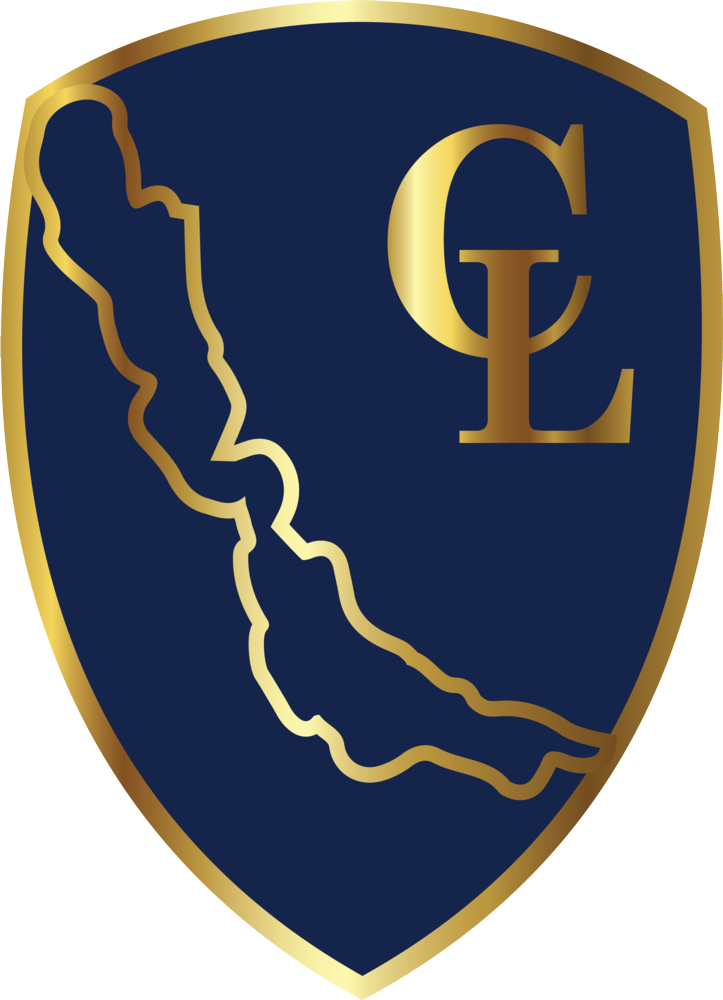Content Row
Project Lead The Way
»
High School Engineering Program
Pathway to Engineering
The Project Lead The Way Pathway To Engineering (PTE) program is a sequence of courses, which follows a proven hands-on, real-world problem-solving approach to learning. Throughout PTE, students learn and apply the design process, acquire strong teamwork and communication proficiency and develop organizational, critical-thinking, and problem-solving skills. They discover the answers to questions like how are things made and what processes go into creating products. Students use the same industry-leading 3D design software used by companies like Intel, Lockheed Martin and Pixar. They explore aerodynamics, astronautics and space life sciences. Students apply biological and engineering concepts related to biomechanics – think robotics. They design, test and actually construct circuits and devices such as smart phones and tablets and work collaboratively on a culminating capstone project. It’s STEM education and it’s at the heart of today’s high-tech, high-skill global economy.
During the first year of implementation, schools are required to offer at least one of the foundation courses and ultimately implement both foundation courses and one or more of the five specialization courses and/or capstone course.
PTE courses complement traditional mathematics and science courses and can serve as the foundation for STEM-centered or specialized academies. The program is designed to prepare students to pursue a post-secondary education and careers in STEM-related fields.
Foundation Courses
- Introduction to Engineering Design (IED)
- Designed for 9th or 10th grade students, the major focus of IED is the design process and its application. Through hands-on projects, students apply engineering standards and document their work. Students use industry standard 3D modeling software to help them design solutions to solve proposed problems, document their work using an engineer’s notebook, and communicate solutions to peers and members of the professional community.
- Principles of Engineering (POE)
- Designed for 10th or 11th grade students, this survey course exposes students to major concepts they’ll encounter in a post-secondary engineering course of study. Topics include mechanisms, energy, statics, materials, and kinematics. They develop problem-solving skills and apply their knowledge of research and design to create solutions to various challenges, document their work and communicate solutions.
Specialization Courses
- Aerospace Engineering (AE)
- AE explores the evolution of flight, navigation and control, flight fundamentals, aerospace materials, propulsion, space travel, and orbital mechanics. In addition, this course presents alternative applications for aerospace engineering concepts. Students analyze, design, and build aerospace systems. They apply knowledge gained throughout the course in a final presentation about the future of the industry and their professional goals. This course is designed for 10th, 11th or 12th grade students.
- Biotechnical Engineering (BE)
- In this course students explore the diverse fields of biotechnology. Hands-on projects engage students in engineering design problems related to biomechanics, cardiovascular engineering, genetic engineering, tissue engineering, biomedical devices, forensics and bioethics. Students, usually at the 11th and 12th grade level, apply biological and engineering concepts to design materials and processes that directly measure, repair, improve and extend living systems.
- Civil Engineering and Architecture (CEA)
- Students learn about various aspects of civil engineering and architecture and apply their knowledge to the design and development of residential and commercial properties and structures. In addition, students use 3D design software to design and document solutions for major course projects. Students communicate and present solutions to their peers and members of a professional community of engineers and architects. This course is designed for 11th or 12th grade students.
- Computer Integrated Manufacturing (CIM)
- How are things made? What processes go into creating products? Is the process for making a water bottle the same as it is for a musical instrument? How do assembly lines work? How has automation changed the face of manufacturing? While students discover the answers to these questions, they’re learning about the history of manufacturing, robotics and automation, manufacturing processes, computer modeling, manufacturing equipment, and flexible manufacturing systems. This course is designed for 10th, 11th or 12th grade students.
- Digital Electronics (DE)
- Digital electronics is the foundation of all modern electronic devices such as mobile phones, MP3 players, laptop computers, digital cameras and high-definition televisions. Students are introduced to the process of combinational and sequential logic design, engineering standards and technical documentation. This course is designed for 10th or 11th grade students.
Capstone Course
- Engineering Design and Development (EDD)
- In this capstone course, students work in teams to design and develop an original solution to a valid open-ended technical problem by applying the engineering design process. Students perform research to choose, validate, and justify a technical problem. After carefully defining the problem, teams design, build, and test their solutions while working closely with industry professionals who provide mentoring opportunities. Finally, student teams present and defend their original solution to an outside panel. This course is appropriate for 12th grade students.

